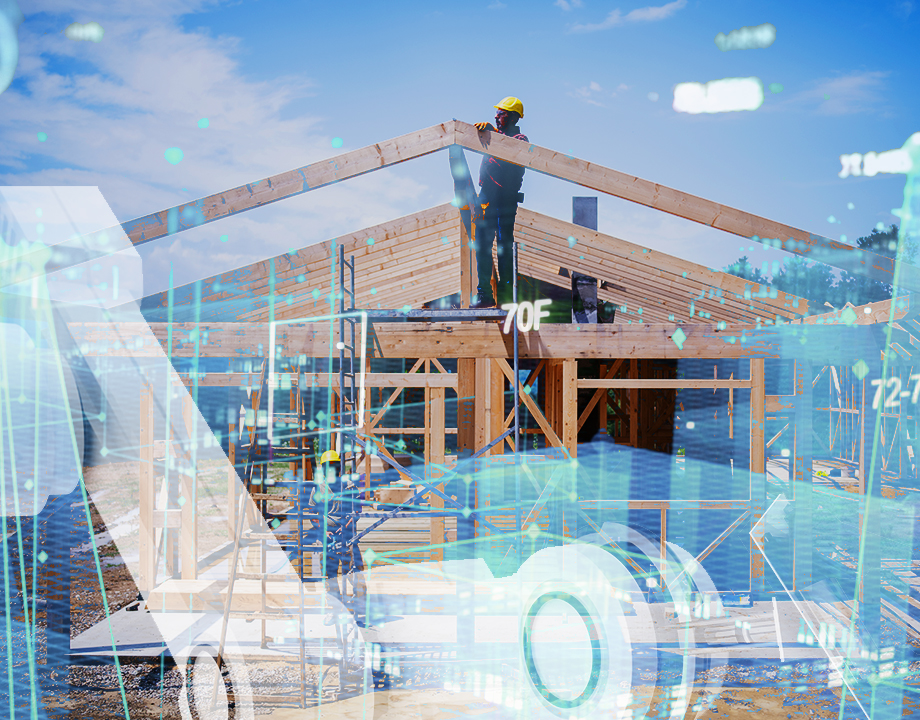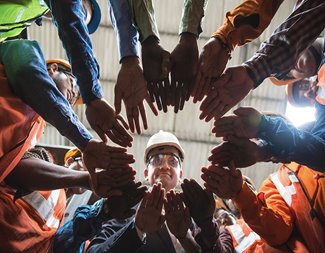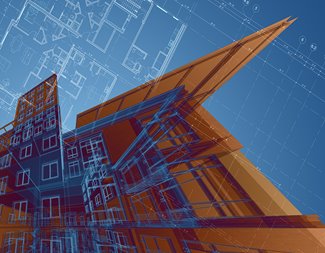11 Construction Industry Trends for 2022
11 Construction Industry Trends for 2022


Construction needs skilled workers as the industry adopts AI, IoT, robots and more.
“With building material costs continuing to increase, construction teams are tapping into their creativity to engineer and design alternative solutions to what have become standard practices,” said Patrick McCowan, chief operating officer for Lexington, Ky.-based Gray, a leading construction firm.
Here are some of the top trends in construction for 2022.
New construction materials
New materials can be engineered to have specific properties which help reduce construction costs. Examples include self-healing concrete, flexible concrete, and transparent aluminum, which allows architects to design glassy structures that are much lighter in weight than traditional glass structures.
More for You: Lobster Shell Patterns May Strengthen 3D-Printed Concrete
Modularity
Modularization and prefabrication are on the rise, thanks to their higher quality, reduced material and shipping costs, and reduced construction waste. Modular projects can be completed in nearly half the time as traditional projects, saving about 20 percent on construction costs. Because of these benefits, by 2023 the modular construction market could reach $157 billion by 2023, according to some estimates.
Finding and retaining workers
Nothing slows down construction more than not having enough workers on a project. “The skills gap is very real in the construction industry,” said McCowan. “This struggle is challenging companies to increase their agility and innovation in hiring and training workers.” Solutions include competitive wages and benefits, worker development and training, better tools, and new technologies.
3D printing
3D printing can be used to build basic or emergency housing. It is perhaps most useful in building replacement parts and components that are needed at the construction site, such as replacing broken parts on construction equipment. 3D printing can also be used to build incredibly detailed construction models and update them as needed as design elements are modified.
Digitalization
Industry 4.0 and Internet of Things (IoT) digital technologies improve productivity, efficiency, and safety in the construction industry. For example, robotic mechanical arms can perform repetitive tasks like brick-laying. Cloud-based construction software improves real-time communication and collaboration, workflow, and document tracking.
“A growing trend is the use of collaboration technology to connect site and office teams,” said McCowan. “From quality audits to smart construction software, processes are trending toward digital jobsites.”
Reader’s Choice: How Can Robots Improve the Building Labor Shortage?
Artificial intelligence
AI can be integrated with other technologies on the job such as building information management, sensors, wearables, and other monitoring tools to make better-informed decisions in real time, reducing construction costs through improved forecasting and construction management. AI can also promote safety by analyzing photos of the jobsite and identifying hazardous situations or high-risk trends in worker behavior.
Building Information Modeling
Digital twins
A digital twin in the construction industry is an exact virtual model of a building or a construction site that is built using Internet of Things technologies that capture hundreds of thousands of data points. This data is processed using AI and can be viewed, monitored, or changed in real time to test new ideas or make changes, which can improve building design, project scheduling, and building operation systems.
Drones
Drone use in the construction industry has increased 239 percent year-over-year, according to BigRentz, an online equipment rental netword. An increasing number of construction sites are already using drones to monitor project progress and complete safety inspections. As an onsite security tool, drones can also be leveraged to reduce labor costs and minimize the risk of theft.
Robots
Robots can perform an increasing number of tasks on the construction site, including painting, loading, brick-laying, tying rebar, and installing drywall. This helps protect workers from dangerous or repetitive tasks, which reduces injuries and allows workers to take on other tasks. Robots can be also used to complete work during labor shortages.
Wearables
Wireless sensors and trackers are embedded in apparel or personal protective equipment such as gloves, vests, and hard hats and monitor a worker’s vital signs, movements, repetitive motions, and slips or falls. Such real-time health data helps keep workers safe and immediately lets safety managers know if a worker is exhausted or at risk for injury.
Editor’s Pick: Construction Robots that Read Your Mind
Technology and material trends in construction will continue to advance. By combining IoT-enabled digital technologies, construction companies will be more efficient, productive, and safe than ever before, increasing their bottom line and winning market share.
Project delivery methods must also evolve to meet customer demands. For example, Gray has expanded its services to better meet the specialized needs of its food and beverage customers.
“We have adapted the traditional design-build model to include a robust scope of services that extends well beyond traditional design and construction, such as process and packaging engineering, controls integration, automation, and even equipment prefabrication,” said McCowan.
As with all growth, he added, challenges exist in construction, but so do opportunities. “In this type of evolving industry, project management teams must pioneer new methods to push the industry forward in creative and productive ways.”
Mark Crawford is an engineering and technology writer in Corrales, N.M.









